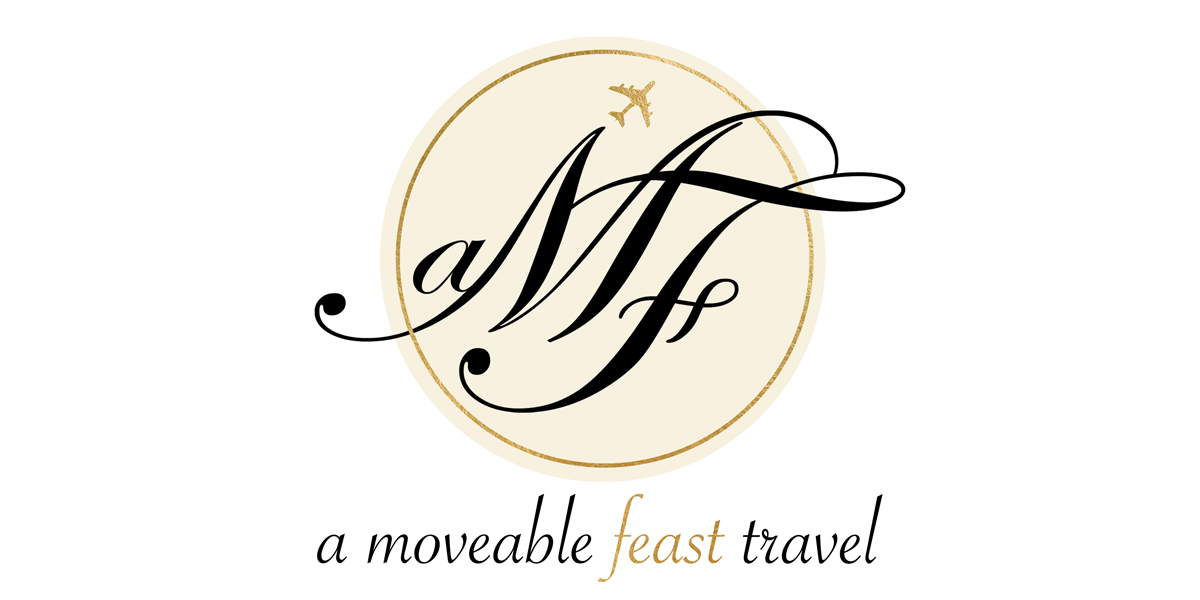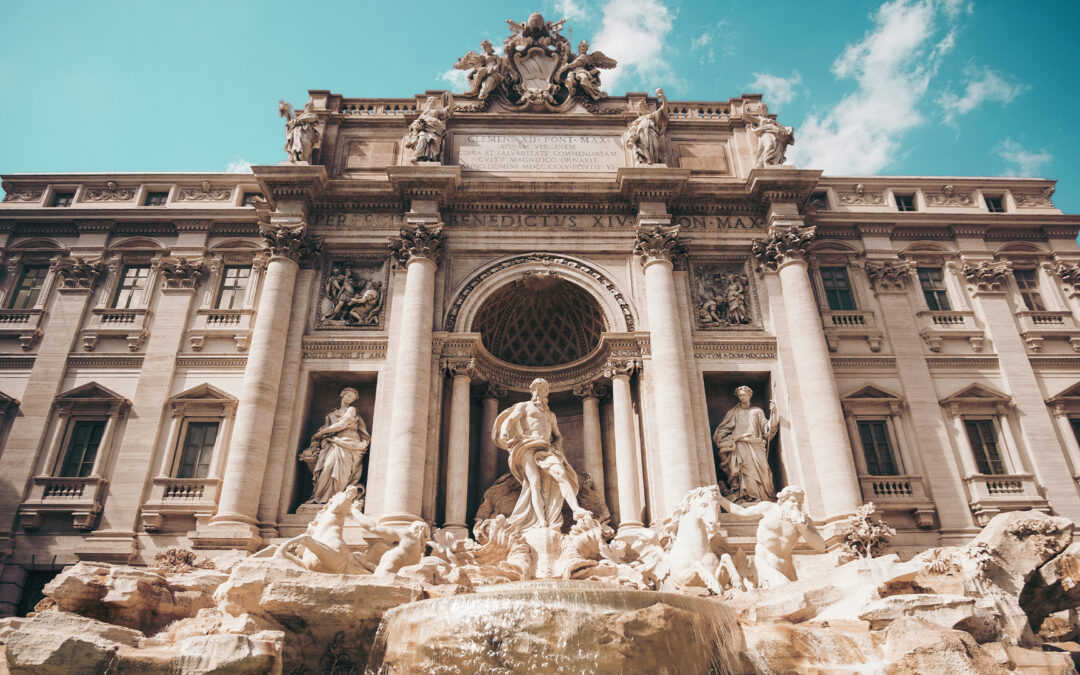My apartment was located in the Prati District in Rome. It was the perfect location to experience Roman life. The neighborhood abuts the Vatican museum and is a comfortable distance away from the tourist crowd who descend upon St. Peters 365 days a year, but close enough to experience all that Rome has to offer. Prati is a residential neighborhood with tree-lined streets, local vendors, upscale shopping and plenty of restaurants. The only ode to tourism is the odd Vatican Museum street-hawker trying to find visitors who have lost their way en-route to the museum. Other than that, it is a bustling metropolis of locals out and about, running errands, visiting friends or enjoying a leisurely lunch.
I developed a routine. Quickly, as it turns out. The morning cappuccino, the stroll, the late lunch, the nap, the aperitivo, then the dinner. I chose different parts of the city for my morning stroll each day. The location of the stroll would generally revolve around the restaurant I had chosen for lunch that day. The Jewish Quarter, Monti, Trastevere, Parioli, Via Veneto, and Tridente, were among some of them.
I enjoyed my journey to each of them, but the Jewish Quarter was one of my favorites. I had planned my visit for the beginning of the Chanukah celebration in Rome. I am Jewish and Italian, so I couldn’t think of a more appropriate day to wander through those storied streets. The Jews of Rome have an ancient history and triumphant story of survival. The Roman Jewish community is the oldest in Europe – two thousand years. Up until 1882, Jews were relegated to a small, enclosed Ghetto established by Papal order of 1555. Today, the Jewish Quarter occupies that exact location. Over many years, the Jews weathered a multitude of anti-Semitic Popes and laws designed to eliminate their presence in Italy, but they not only survived; they thrived. Despite their isolation, the Jews embraced Italian culture and culinary influences. They melded the flavors of their heritage with the Italian foods available locally.
The holiday of Chanukah celebrates the Jews re-dedication of the Second Temple and uprising against the Maccabees. As the story goes, Jews had oil to light the menorah of the Second Temple for only one night, but by some miracle the oil lasted eight nights. Hence, the Jewish people eat foods rich in oil during this holiday.
And on the day of the first night of Chanukah, I was lucky enough to sample some of the blending of Jewish and Italian culinary treats. There are a host of Kosher and non-Kosher restaurants in the Jewish Quarter . And one of the quintessentially Roman/Jewish dishes is Jerusalem artichokes. Sun-chokes deep-fried and served deliciously warm and crispy. They melt in your mouth.
Spending a day in the Jewish Quarter, wandering into shops specializing in Judaica and eating Kosher gelato was one of the highlights of the day. An excursion to the Grand Synagogue (most recently visited by Pope Francis on January 17, 2016) and the attached Jewish Museum fills in some of the details on what life was like for Jews during the past two millennia. Beautiful menorahs, prayer shawls, Torahs, and other items of daily life were exhibited lovingly in this state-of-the art show-place.
The Chanukah celebration began at sundown and the streets were flooded with children and adults singing and dancing around the community menorah, which was lit as the crowd erupted with emotion. It was a beautiful day.

